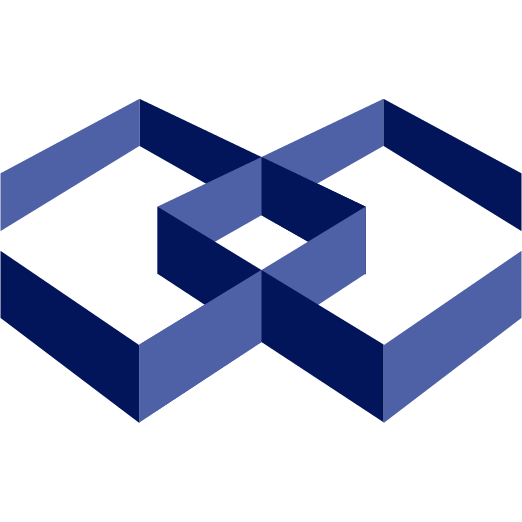Our history
In 2006 Pablo started working in a project of an
intensive care EMR as a Java developer. The project presented an extra
complexity: the goal was to implement something called openEHR in the system.
That was a standard specification for flexible future-proof EHR architectures.
Pablo studied the standard and the Java Reference Implementation, and felt
that was something that added a huge value to health information systems,
and improved how those kinds of systems can be created. After that project,
he worked on everything he could that was health-related, so he can learn
more about that interesting domain. While finishing the Computer Engineering
carrer (mix of Computer Science and Software Engineering), he participated in
projects related to HL7 and DICOM standards, learning about messaging, clinical
documents and imaginology system architectures (PACS, RIS, Diagnostic Workstations,
and everything in between).
In 2011 Pablo was working on the first nationwide EHR project in Uruguay
as a consultant on technologies and standards. This project helped to understand
all the problems related with integrating diverse hospitals, independently managed
into a network of patients, clinical records and shared services. He learned
a lot about how these institutions were managed, the challenges they faced,
and the general lack of IT experts with health information system, standards
and interoperability knowledge. At that time he wanted to do an openEHR course,
since the standard wasn't known in Latin America. While visiting a conference
at HIBA (Hospital Italiano de Buenos Aires) in October 2011, he did networking
with the president of ACHISA (Asociación Chilena de Informática en Salud),
and he liked the idea of partner together to offer the openEHR course online.
That course got over 35 people enrolled, and told us there was a lot of people
expecting this, but there wasn't anyone talking about this. And that partnership
was a success. That is why we keep doing courses with ACHISA and now the
program expanded to many standards and technologies. But Pablo also wanted to
help more companies and organizations, so he left the project in November 2011,
after thee years of working on it, and started CaboLabs on February 2012.
2012 was tough, first year working alone, that means not only doing the work but also doing marketing, creating websites and content, doing a lot of networking, and talking on any event that he could. Now CaboLabs and ACHISA did a second edition of the openEHR course, and we had a couple of projects. One of the project was for ZorgGemak (now MedRecord) from the Netherlands, where we helped on integrating CDA documents and a mobile app for exercise tracking with an openEHR repository. The other project was for USA, designing a platform of applications to record care and manage patients with chronic pain. We didn't have a lot of projects, but we started to play in the international market. Hooray!
In 2013 we did research on the clinical data storage area, trygin to find a good solution for an open source openEHR repository, and designed the first proof of concept version of the EHRServer. EHRServer was the first generic, open source clinical data repository compliant with the openEHR standard available on the market.
Time went by, CaboLabs gained more traction on the consultancy side, getting projects from companies that wanted to build, improve and standardize their systems. As well from hospitals and clinics that wanted to integrate their systems or buy better systems. Also positioned ourselves as leaders of online education, with a comprehensive program of courses and workshops. Many companies and health providers hired us to bring on-site training.

